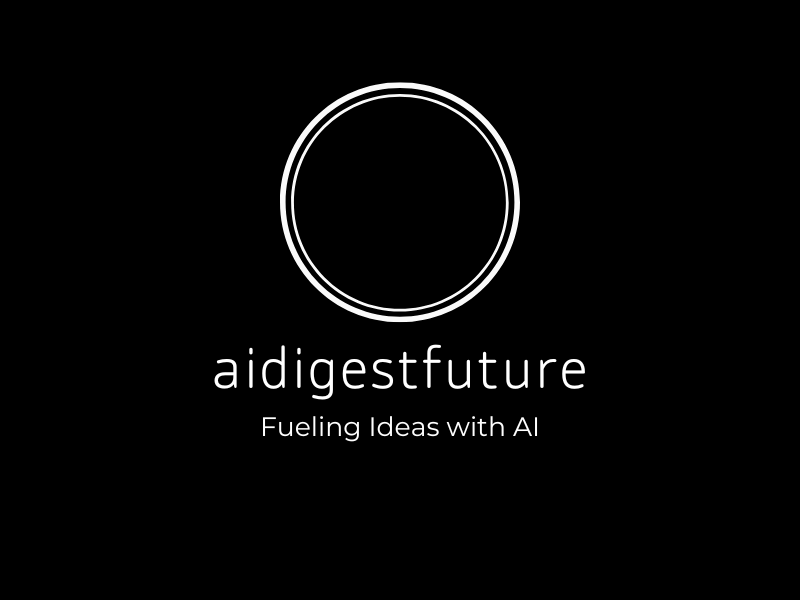
“`html
How CNIPA’s Draft Guidelines Are Revolutionizing AI Patents
The China National Intellectual Property Administration (CNIPA) has unveiled new draft guidelines aimed at streamlining patent applications for Artificial Intelligence (AI) inventions. The move signals China’s growing ambition to lead in AI innovation while laying down a clear framework for intellectual property (IP) protection.
These draft guidelines promise to reshape the patent landscape, ensuring that AI-related inventions comply with robust, standardized rules. In this post, we’ll break down the proposed changes, their implications for innovators, and their potential global influence.
Why CNIPA’s AI Patent Draft Guidelines Matter
AI technology is revolutionizing industries, and with it comes the need for a more precise approach to patent law. Traditional intellectual property frameworks often fail to address the unique intricacies of AI inventions. This is why CNIPA’s initiative to release specialized guidelines is a landmark step, setting a precedent for global best practices.
- Focus on Cutting-edge Technologies: The draft guidelines put specific emphasis on innovative AI technologies such as machine learning, natural language processing (NLP), and neural networks.
- Strategic Clarity: Innovators now have clearer pathways to secure patent protection, especially for inventions with diverse functionalities and applications.
- Enhanced Global Competitiveness: These initiatives could make China a preferred jurisdiction for patenting AI-driven technologies.
Core Highlights of the Draft Guidelines
The draft guidelines bring into focus several critical features designed to optimize the patent application process for AI technologies. Let’s dive into the core highlights:
1. Explicit Definitions for AI Innovations
One of the significant contributions of the draft guidelines is providing a clear definition of what qualifies as an AI invention. Under the new framework, AI inventions are categorized based on their core technological features and specific applications.
- Non-human inventorship is explicitly acknowledged but remains widely debated.
- Statistical models, algorithms, and decision-making methodologies will be assessed rigorously for novelty and technological contribution.
2. Emphasis on Technical Problem-Solving
CNIPA emphasizes that AI-related inventions must solve technical problems rather than generic computational tasks. This is poised to filter out low-quality patents, encouraging only genuine advancements in technology.
3. Application of Robust Data Practices
Applicants are also expected to demonstrate robust use of data in AI-driven systems. Accurate documentation on how the dataset is utilized to train and validate AI models will be critical for patent approval.
- Transparency is Key: Clear data provenance and ethical data use are mandated.
- Algorithm Disclosure: Detailed explanations of algorithms and their technical applications are required.
4. New Clarity in Claims Drafting
Drafting claims for AI inventions can be a challenging task. CNIPA’s guidelines propose specific requirements for patent claims involving AI technologies, emphasizing precision and technical contribution.
Implications for Innovators and Businesses
The new guidelines will have far-reaching implications for both local and international entities in the AI space. Whether you’re a researcher, startup founder, or corporate executive, here’s what you need to know:
For Innovators:
- Reduced Ambiguity: Clear patent guidelines will empower innovators to file stronger, more precise applications.
- Protection for Cutting-edge Tech: AI patents will enjoy better safeguards, which promotes confidence in developing ground-breaking solutions.
For Businesses:
- Increased Market Value: Robust patent protection enhances enterprise value and competitive positioning.
- Streamlined Mergers and Acquisitions: Patents compliant with clear guidelines can streamline IP valuations in business transactions.
Global Perspectives: How CNIPA’s Guidelines Stack Up
China’s move to issue AI-specific patent guidelines raises the bar for global intellectual property management. It will likely influence international patent frameworks, especially in jurisdictions like the US, EU, and Japan.
- The US Patent and Trademark Office (USPTO) has been exploring AI-related patent policies but has yet to set comprehensive standards.
- European patent agencies remain cautious in their approach to non-human inventorship and AI patent strategies.
- Japan and South Korea are pursuing similar initiatives, but China’s guidelines may set a benchmark for rapid implementation and adaptability.
Looking Ahead: The Future of AI and Patent Standards
CNIPA’s draft guidelines underscore China’s intention to dominate the high-tech space while fostering an environment for transparent innovation.
Challenges Stemming from AI’s Complexity
While these guidelines offer hope for better patent practices, they also raise questions:
- How will CNIPA address ethical concerns surrounding AI inventions?
- Will these guidelines unintentionally stifle innovation by creating excessive bureaucracy?
As the framework progresses toward finalization, the global intellectual property community will closely monitor its development. It will serve as a test case for addressing the legal intricacies of AI patents and IP protection in an increasingly automated world.
Learn More
Explore more articles and updates around AI innovation and patent guidelines on AI Digest Future.
External Resources to Dive Deeper:
- IP Watchdog: AI and Intellectual Property
- WIPO: Artificial Intelligence and Policy Dialogue
- The Economist: The Patent Race in AI
- Forbes: How AI Patents Are Redefining Innovation
- Nature: Future of AI and IP Protection
- McKinsey Report: AI Growth and Intellectual Property
- IBM: Patenting AI Technology
- Financial Times: China’s Role in AI Patenting
- SSRN: Legal Challenges in AI Patents
- TechCrunch: AI Patents and Innovation
“`
